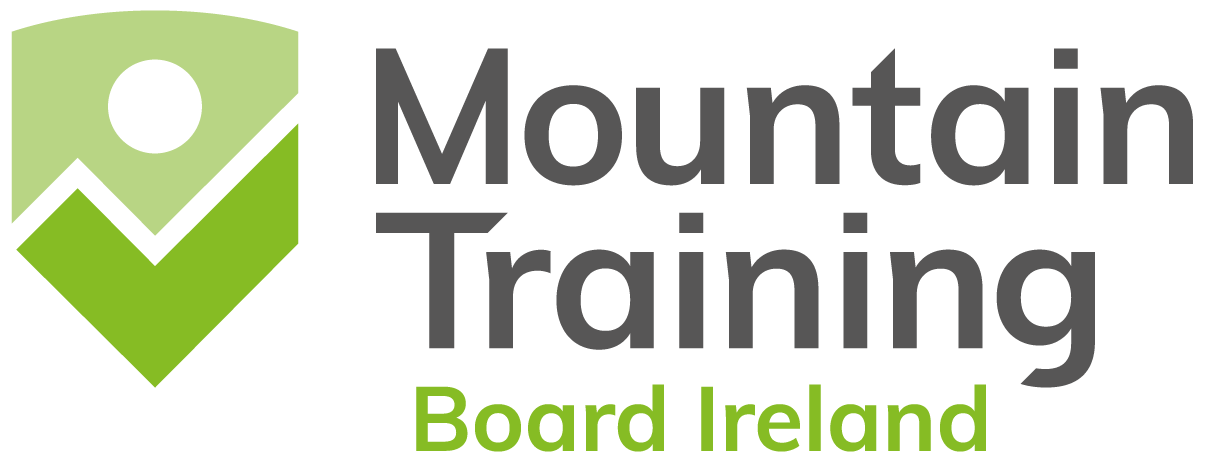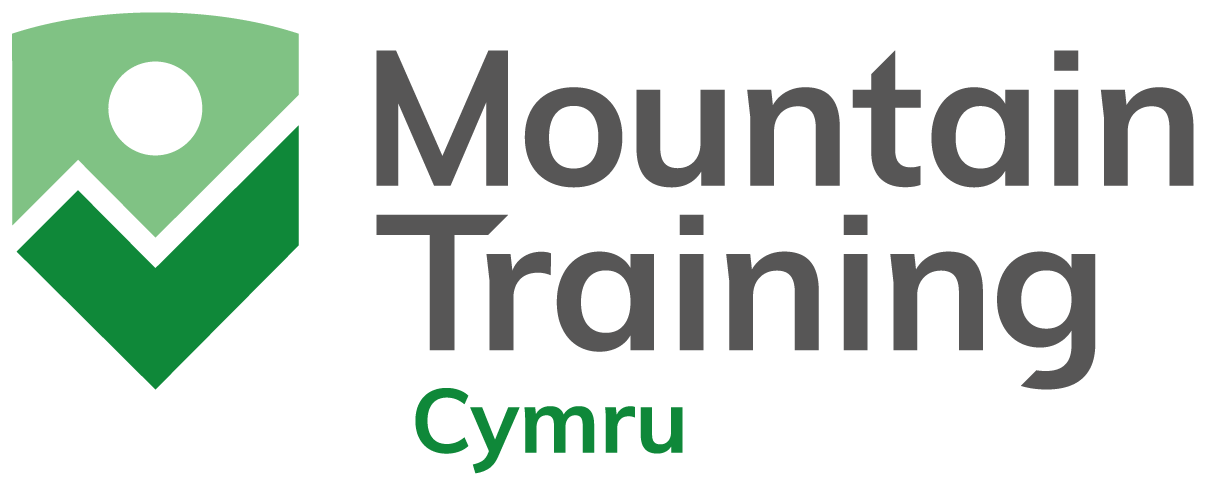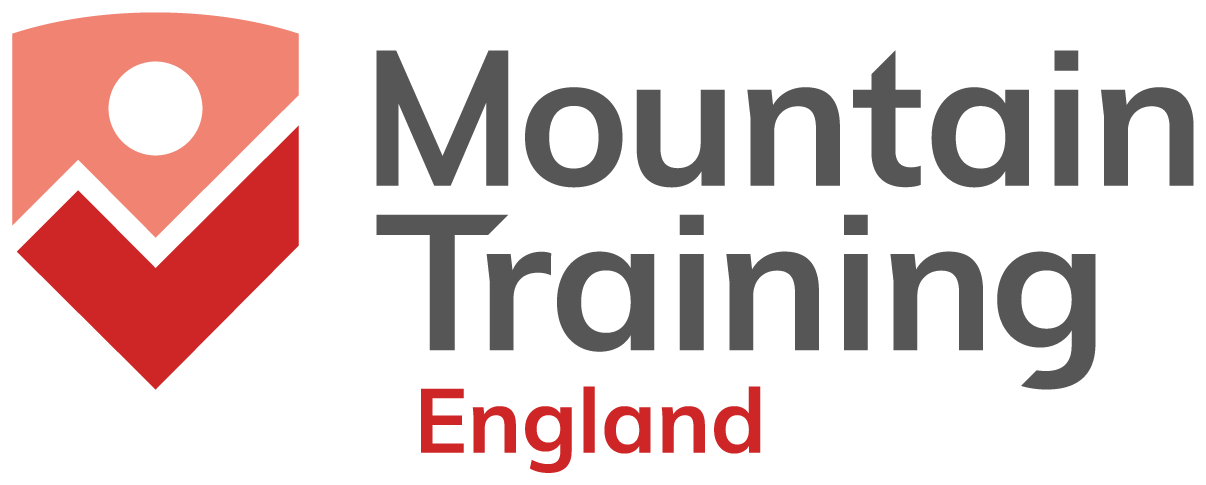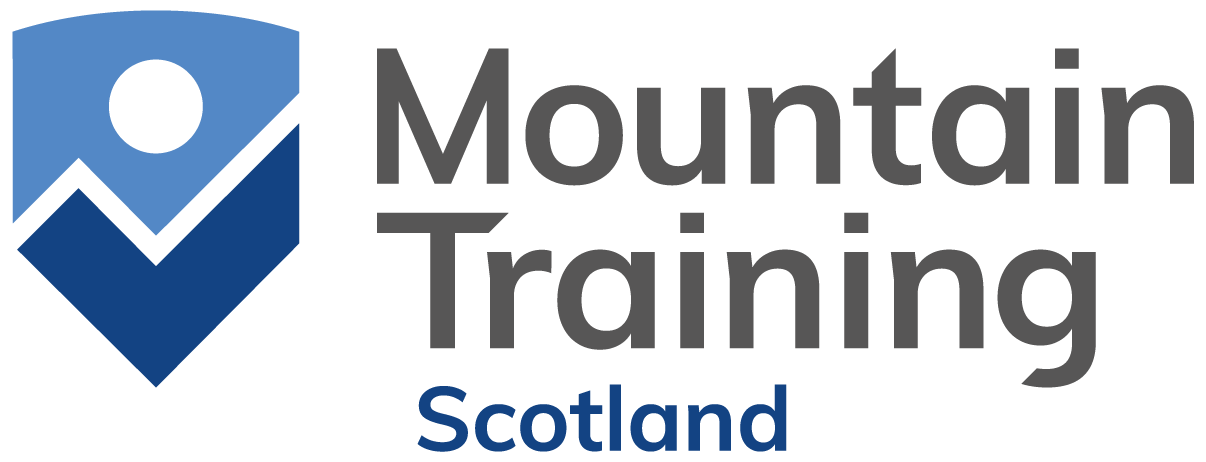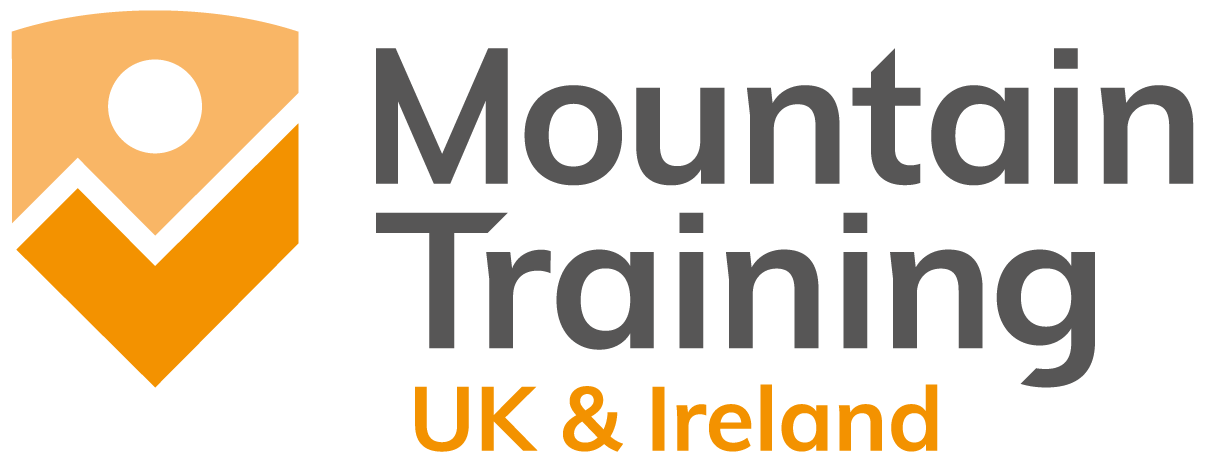Surviving a career in adventure activities
04.03.24
The adventure activity sector has a lead body for safety: the Adventure Activities Industry Advisory Committee. It is representative of a wide range of stakeholders from the UK adventure activities sector and shares good practice and guidance.
AAIAC’s role includes an aim to maintain and improve on health and safety standards in adventure activities in the UK. This advice is targeted at those who are working professionally in providing adventure activities or those who work regularly in the voluntary sector of adventure education.
By raising awareness and providing some basic guidance, it is hoped that both individual workers and employers will be encouraged both to take responsibility and to address, currently unsatisfactory situations.
We all love the adventure activities that brought us into this business and most of us spend our spare time going paddling, sailing, climbing, biking, hill walking, skiing, kite surfing or enjoying numerous other adventure sports. This degree of passion is one of the reasons why adventure education is such a vibrant field and instructors need to be aware that it comes at a price, if not managed correctly.
Imagine being unable to walk downhill because your knees are worn out, unable to paddle because of chronic ear problems, unable to sail because of permanent back injury. Some can no longer even contemplate such activities as a result of a serious accident. At least some of these instructors who have ended up with these problems could have avoided them with better working (and playing) practices.
Accident rates among adventure activity workers are recognised as being low when compared to other industries, but the evidence is that those that do occur tend to be serious ones and over the years have even resulted in cases involving permanent disability and death.
Useful resources
Outdoor Education Advisers’ Panel (OEAP) guidance documents
British Canoeing Safety guidance
British Cycling Mountain Bike leadership guidance
Mountain Training National Guidelines for Climbing and Walking leaders
Mountain Training Rock/Water Margin guidance
Royal Yachting Association Safe Boating guidance
